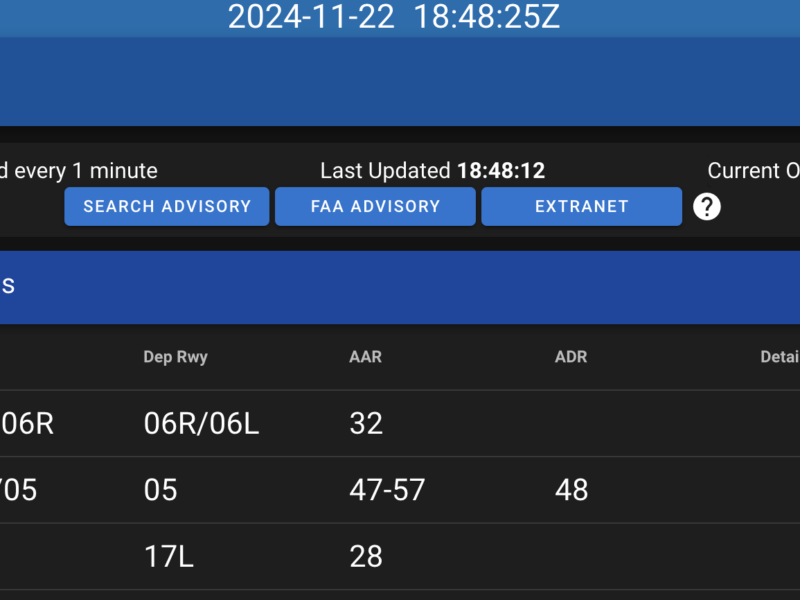We discussed shift length and working rules in our human factors class last night. These rules are dictated by Transport Canada for the safety of everyone involved.
Let’s start it off easy (From CAR Section 720).
– Max 8 hours of flight time in a single 24 hour period (single pilot IFR)
– Max 14 hours of flight time in 24 consecutive hours
– 60 Hours in 7 consecutive days
– 150 Hours in 30 consecutive days
– 210 Hours in 42 consecutive days
– 450 Hours in 90 consecutive days
– 900 Hours in 120 consecutive days
– 1200 Hours in 365 consecutive days
If you work for 7 days straight, the most you can work per day is approx 8.5 hours. If you work for 30 days straight the most you can work per day is 5 hours. There are, of course, exceptions to these rules.
– You can extend your allowable hours by taking rest periods. The extension is one half the length of the rest period to a maximum of three hours. (ie, fly for 11 hours, rest for 6 (half of 6 is 3), then fly for another 3, total is 14 hours).
– 24 hours off must be given if you’ve worked 3 shifts that exceed 12 consecutive hours of work unless you’ve been given 24 hours rest between shifts.
– Depending on the type of flight, these limitations are different.
*phew*
Most of the larger air carriers have scheduling software that takes care of all of these rules for you. However, some of the smaller ones do not. It’s your responsibility to keep track of such things. The carriers operating handbook will outline all of the work/duty rules to you.
Transport Canada does have the ability to audit your log books (years down the road) and mark any violations you have on your license. This could pose problems with future employers.


I’m betting that your log books don’t have to be e-mailed to TCS Transport Canada in Word document format.
Excel, baby. You don’t want to know how many columns there are in my Excel logbook. I’ve worked part 703 and 704 both at once for two different employers.